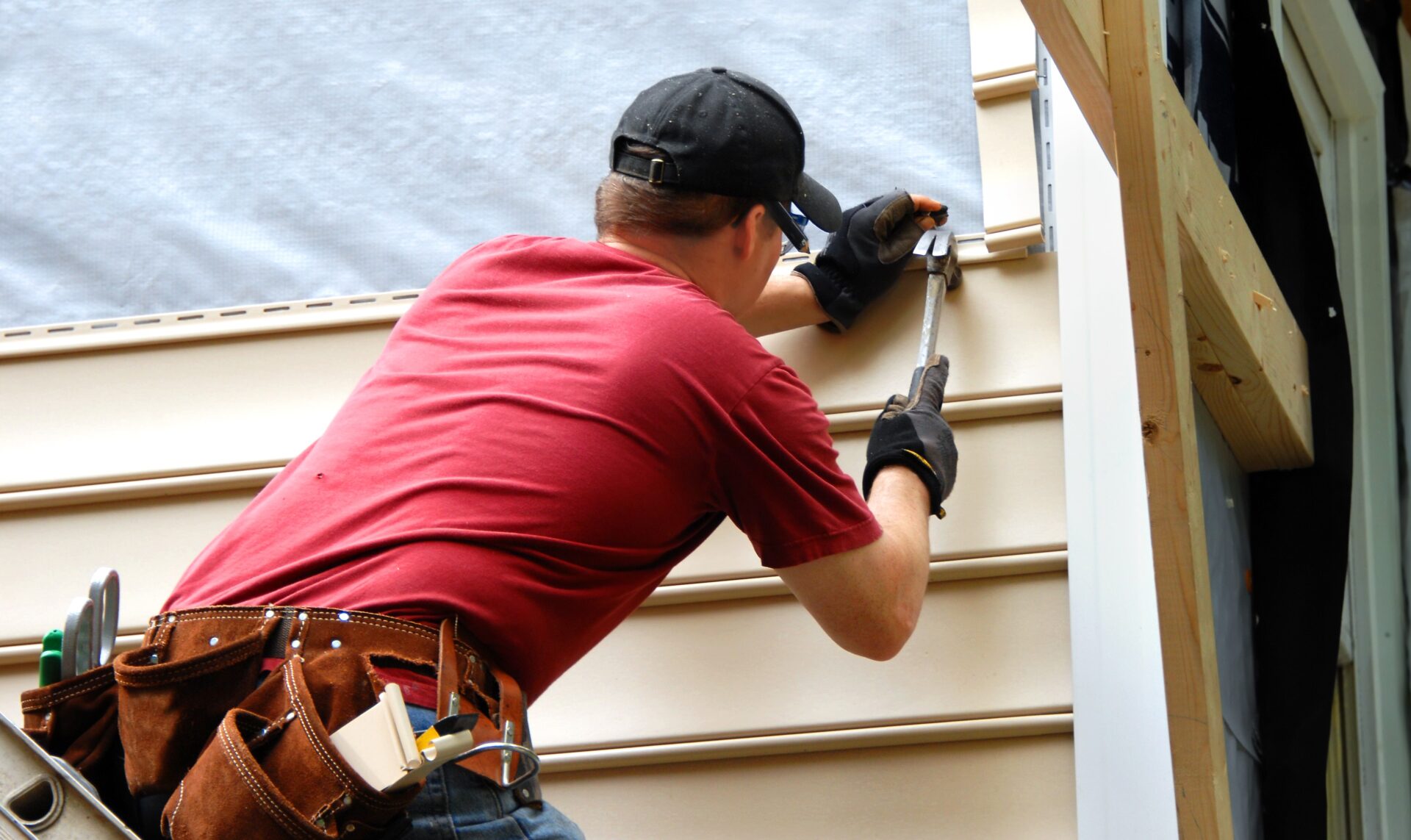By ERIN FLYNN JAY
Home flipping activity is down across the nation as people who work in the industry see reduced returns on investments due to high interest rates and inflation.
Last month, ATTOM released its 2023 U.S. Home Flipping Report, which showed that 308,922 single-family homes and condos in the United States were flipped last year. That was down 29.3% from 436,807 in 2022 and is the largest annual drop since 2008.
The report further revealed that as the number of homes flipped by investors declined, so did flips as a portion of all home sales, from 8.6% in 2022 to 8.1% percent last year.
Rob Barber, ATTOM’s CEO, said high interest rates and inflation have elevated costs for investors, especially during the time between property purchases and resales.
“These holding costs encompass mortgage payments, supplies, and labor. Additionally, a tight supply of homes for sale makes finding bargains more difficult for investors,” Barber told The Mortgage Note.
ATTOM’s home flipping forecast for 2024 suggests a continuation of current trends, with potential for modest improvement.
Barber said declines in interest rates may help alleviate some of the costs investors face but persistent inflation poses a counteracting force. Overall, significant changes in the prospects for home flippers seem unlikely in the near future, he said.
Rick Sharga, President & CEO of CJ Patrick Company, agrees that market conditions for flippers are far from ideal.
Sharga explained that ideal conditions for fix-and-flip investors include strong demand, an ample supply of distressed homes in need of repair, and rapidly rising home prices.
Demand has been weakened by high mortgage rates, the number of distressed homes is roughly 30% lower than it was before the Covid pandemic, and property values are not expected to jump again until interest rates decrease enough to get buyers off the sidelines.
Sharga said the decline in flipping activity can be traced back to 2022 when the Federal Reserve started its series of rate hikes.
“This was a disaster for home flippers on multiple fronts,” said Sharga. “First, it dramatically reduced the pool of prospective buyers by crushing affordability – a buyer who’d been looking at purchasing a home for $300,000 suddenly had to shift gears and look for homes at $150,000 due to the higher mortgage rates.”
Flippers across the country ended up holding inventory that buyers could no longer afford and many of these homes were ultimately sold at a loss.
“Second, it made financing the purchase of a home much more expensive for flippers, who saw interest rates on loans soar from as little as 7% to over 10%,” said Sharga. “Many less experienced flippers also suddenly found it harder to secure a loan, as private lenders tried to minimize risk by lending only to successful, experienced flippers who might be better able to adjust to changing market conditions.”
At the same time, the costs of repairs and insurance have both gone up, putting additional pressure on profitability for flippers. Sharga estimates that repair costs have gone up 65% in the past 10 years, while insurance premiums have increased dramatically in states such as California, Florida, and Texas.
Sharga said lawmakers can help by offering tax breaks and favorable terms on government-backed financing to flippers who rehabilitate properties in low-income and underserved communities.
“Done properly, a program like this would be a win/win/win: upgrading property conditions in run-down neighborhoods, providing affordable housing for first-time buyers, and enabling flippers to make a reasonable profit on the sale of less expensive homes,” said Sharga.
Donald Olhausen Jr., owner of WeBuyHousesInSanDiego.com, does not believe that lawmakers should do anything to increase the number of fix-and-flip properties on the market.
“Lenders, on the other hand, can become much more competitive by lowering their interest rates and loan charges, which will, in turn, allow flippers to increase their margins or pass along the savings to the home sellers they are buying from,” said Olhausen.
Olhausen said he has seen a major downtick in the number of homes flipped in San Diego for multiple reasons.
Sellers have more leverage than ever and will list their homes on the market rather than selling directly to a flipper because they can make more money that way. Additionally, the overall number of homes available for sale is down.
“The number of homes sold in 2023 was quite lower than that of previous years,” said Olhausen. “The scarcity in inventory provides home flippers with the same issues homebuyers have – the smaller the pie, the less transactions for everyone to enjoy.”
Olhausen believes the flipping market will remain slower than in previous years until a balanced housing market is restored. He said that most sellers are still waiting for interest rates to drop before buying a new home.
There is hope, though, as sellers who need to move for personal reasons start to give up their low interest rates and put their homes up for sale. There are also first-time buyers who have been waiting to get onto the homeownership ladder.
“Inventory and sales seem to be rising so far in 2024 which is good, and most likely because of how much pent-up demand there is in the market,” said Olhausen. “We will see how the rest of 2024 trends, but I expect to see an increase in sales and overall activity.”
Home flips completed in Q4 2023 took an average of 156 days, down from 165 days in Q4 2022, according to the ATTOM report.
Read More Articles:
Luxury Home Sales Are Hot Again
Rocket Team Members Explore GenAI During HackWeek
Could Portable Mortgages Thaw A Frozen Housing Market?
Sign up for our free newsletter.
